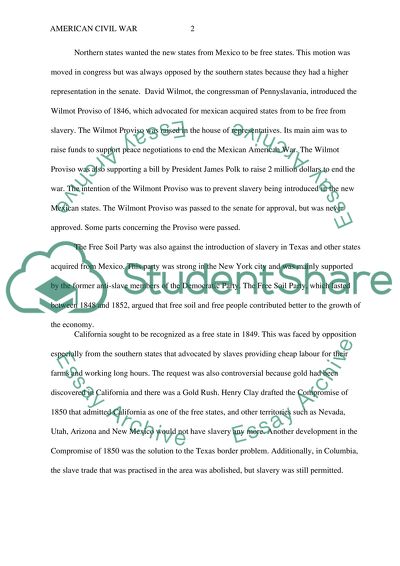Cite this document
(“American Civil War Assignment Example | Topics and Well Written Essays - 1500 words”, n.d.)
Retrieved from https://studentshare.org/history/1432498-mid-term-mod
Retrieved from https://studentshare.org/history/1432498-mid-term-mod
(American Civil War Assignment Example | Topics and Well Written Essays - 1500 Words)
https://studentshare.org/history/1432498-mid-term-mod.
https://studentshare.org/history/1432498-mid-term-mod.
“American Civil War Assignment Example | Topics and Well Written Essays - 1500 Words”, n.d. https://studentshare.org/history/1432498-mid-term-mod.


